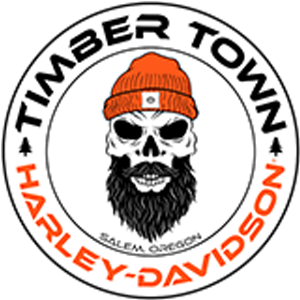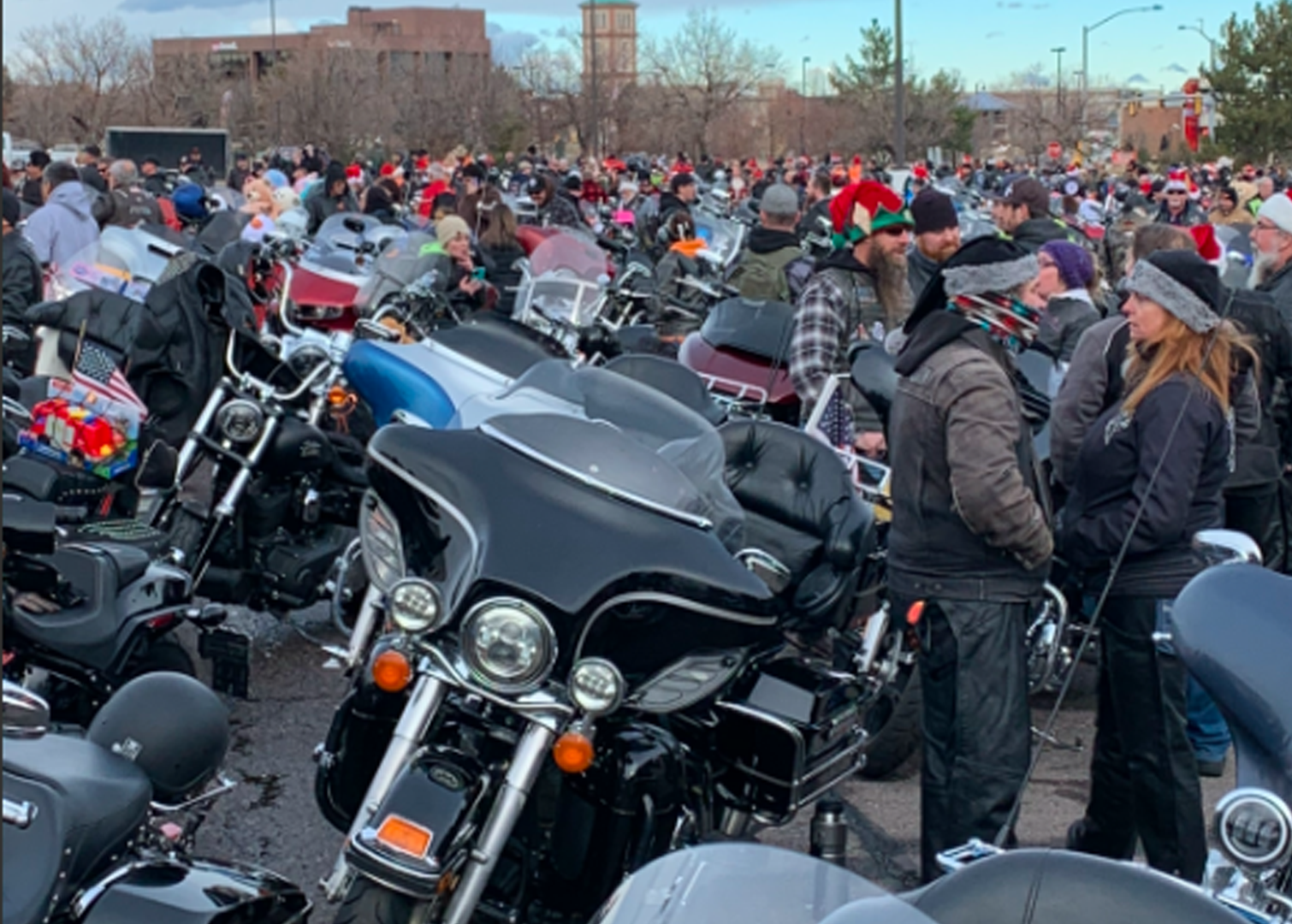Understanding the Real Value of Your Totaled Motorcycle
Don't Let Insurers Undervalue What You've Built
Your motorcycle isn't just transportation. It's a reflection of who you are, what you know, and what you care about. Every choice you made from the exhaust note to the way the bars feel in your hands turned a factory machine into something that's uniquely yours. So when that bike gets declared a total loss after a collision, the frustration goes way beyond the emotional hit. It's the realization that your insurance company is about to treat years of work and investment like it never happened.
At Metier Motorcycle Lawyers, we see this story play out too often. Riders who've spent thousands of dollars and countless hours building their bikes get settlement offers that value them as if they just rolled off the showroom floor. Understanding how insurers calculate total loss value, and knowing what you can do to protect yourself, isn't just helpful. It's essential.
What "Totaled" Really Means
Your motorcycle gets totaled when the repair costs hit a certain percentage of its actual cash value before the crash, typically somewhere between 60% and 80%. Once it crosses that line, the insurance company stops talking about repairs and starts cutting checks based on what they've decided the bike is worth on the open market.
The problem is that actual cash value rarely reflects what your motorcycle is actually worth. The formula leans heavily on depreciation and book value pulled from databases that assume your bike is stock. Those numbers don't know about your aftermarket exhaust, your suspension setup, or the paint job that took weeks to complete. They can't account for what makes your bike yours.
Why Your Upgrades Matter More Than Insurers Admit
Every modification you've made added real value to your motorcycle, not just in dollars but in how it performs, looks, and rides. Insurance adjusters know this, but they're hoping you won't push back. They'll overlook your upgrades unless you force them to pay attention.
Think about what you've actually installed. Maybe you upgraded the exhaust system because the stock pipes sounded like a sewing machine. Maybe you invested in suspension that actually works on real roads instead of the factory setup designed for accountants. Perhaps you added custom seats that let you ride all day, or upgraded the lighting so you can actually see at night, or installed navigation and communication systems that cost more than some people's bikes. Every one of those choices added tangible value, and every one of them should count.
At Metier, we tell riders to document everything. Keep digital copies of receipts, installation records, and photos of your motorcycle showing those upgrades in place. When it's time to dispute a lowball valuation, that evidence becomes your ammunition. The difference between a fair settlement and getting shortchanged often comes down to what you can prove.
Custom Paint Isn't Just Pretty. It's Value
A professional paint job can cost as much as a major mechanical overhaul, especially if you're working with an artist who actually knows their craft. Custom finishes with metal flake, airbrushed graphics, candy coats, or professionally applied matte wraps can add thousands to your bike's value. But insurance adjusters love to dismiss all of this as purely cosmetic, as if aesthetics and craftsmanship don't count for anything.
If you've invested in custom or airbrushed paintwork, pinstriping, specialty decals, or professional wrapping and powder coating, those features need to be specifically listed in your claim. Back them up with invoices from the artist or shop that did the work. Get photos that show the level of detail and quality. Make the adjuster see that this wasn't a weekend rattle-can project. It was real work done by skilled hands, and it cost real money.
The Coverage Gap Nobody Warns You About
Here's something most riders don't learn until it's too late: standard motorcycle insurance policies cap accessory coverage between $1,000 and $3,000 unless you've specifically purchased additional protection. That means if you're riding a bike with $8,000 in aftermarket parts, electronics, and custom work, you might only get credit for a fraction of that investment.
Look for the terms "Custom Parts and Equipment" or "Accessory Coverage" in your policy documents. If your bike has significant modifications, you most likely need to talk to your insurer about increasing these limits. Better yet, consider switching to an agreed value policy where you and the insurance company settle on a fixed payout amount upfront, before anything goes wrong. With agreed value coverage, you know exactly what you'll get if the worst happens, and there's no argument about depreciation or undervalued upgrades.
Fighting Back When the Settlement Is Wrong
When your motorcycle gets totaled and the insurance company's offer makes your stomach drop, you've got options. Start by requesting the valuation report they used to determine actual cash value. You have a right to see their math, and sometimes just asking for it makes them reconsider their numbers.
Next, gather your documentation. Pull together receipts, photos, and any appraisals that show what you'd invested in the bike. Get an independent estimate from a shop that specializes in your make or style of motorcycle. Someone who understands that a built Sportster isn't worth the same as a stock one, or that a well-sorted café racer represents serious time and money.
Protecting Your Investment Before You Need To
The best time to protect what you've built is right now. Before anything happens. Start by reviewing your insurance policy and confirming that custom and aftermarket parts are actually covered at the level you need. Maintain an updated inventory of your upgrades with receipts and photos and keep it all in a digital folder where you can access it easily.
Take clear, timestamped photos of your bike periodically, especially after adding new parts or finishing major work. These images become critical evidence if you ever need to prove what you had. And seriously consider agreed-value or stated-value coverage if your motorcycle is highly customized, vintage, or collector-grade. These policies cost a bit more, but they eliminate the arguments about value when you need them most.
Your Bike Is More Than a Number in a Database
Insurance companies want to reduce your motorcycle to a VIN number and a line in a valuation guide. They want to ignore the artistry, engineering, and pride that went into every modification. They're hoping you don't understand what your policy actually covers. That you'll just accept their offer without question.
At Metier Motorcycle Lawyers, we represent injured riders who need an advocate who understands the culture. While we focus on injury cases rather than property damage claims alone, we believe every rider deserves to know what their insurance truly protects and recognize when they're not being treated fairly.
If you have questions about your coverage, what it actually covers, or whether you're getting a fair shake from your insurer, call 833-4MOTO-LAW or visit www.metierlaw.com. We'll answer your questions free of charge because we're riders too, and we know what your bike means to you.
.svg)




